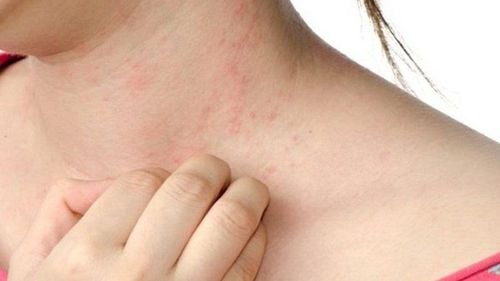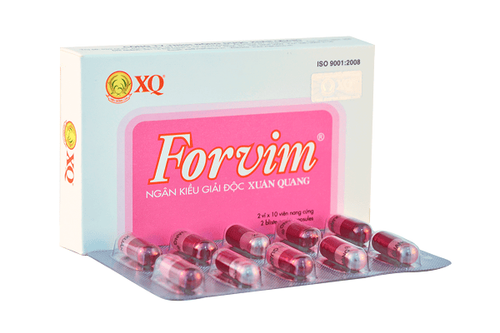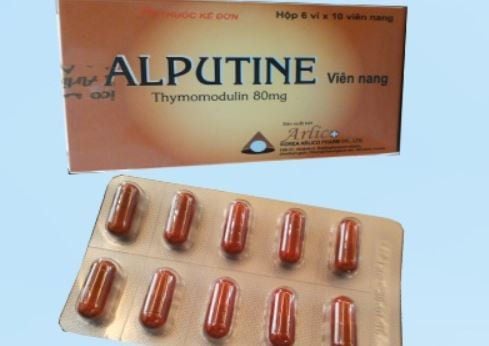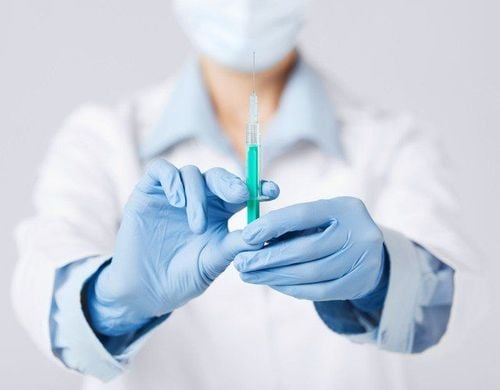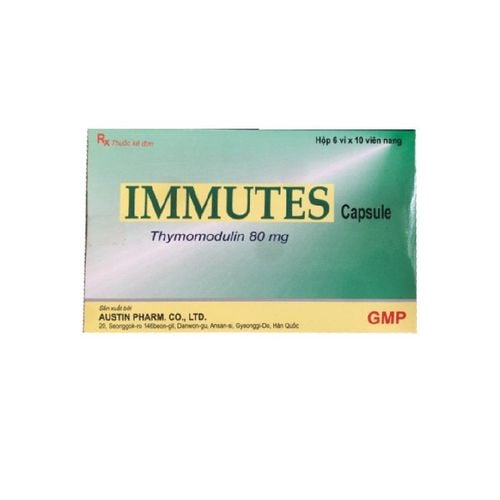This is an automatically translated article.
The article was professionally consulted with Master, Doctor Dang Huy Toan - Department of Pediatrics - Neonatology - Vinmec Nha Trang International General Hospital.Under the impact of stress in life, environmental pollution, indiscriminate use of chemicals or drugs, today allergic cases are detected more and more such as rhinitis, sinusitis, bronchial asthma, urticaria , itchy papules ... Nowadays with the advancement of medicine, the methods of allergy diagnosis and treatment have achieved many advances.
1. Diagnosis of allergies
To assess whether you have an allergy, your doctor will:Ask detailed questions about the signs and symptoms you are experiencing Check for signs of an allergy If you have a food allergy , Your doctor will likely:
Ask to see a detailed diary of the foods you eat Ask if you have stopped eating the suspected allergenic food when you discover signs of an allergy Your doctor will also One or both of the following tests may be recommended. However, be aware that these allergy tests can be false positive or false negative.
Skin test . The doctor or nurse will prick the skin to the epidermis and expose the puncture site to a small amount of protein containing the suspected allergen. If you are allergic, there will be an erythematous papule at the puncture site. Blood tests . A test for specific IgE antibodies (sIgE), commonly known as a radioallergosorbent test or an immunoantibody test (ImmunoCAP test) to measure the amount of allergen antibodies in the body. your blood. The doctor or nurse will take a blood sample from an arm vein and send it to a laboratory to test for sensitivity to the suspected allergen. If your doctor suspects that your symptoms are not caused by an allergy, he or she may order other tests to help identify or rule out other conditions.
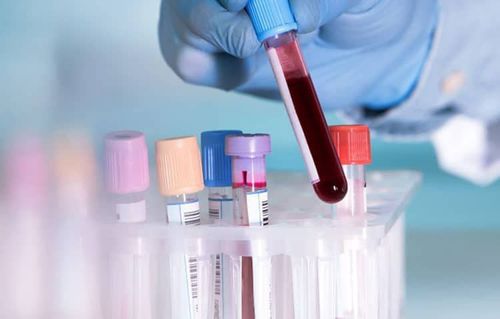
Xét nghiệm máu có thể được yêu cầu thực hiện để chẩn đoán dị ứng
2. Allergy treatment
Avoid allergens. Your doctor will help you take steps to identify and avoid allergy triggers. This is often the most important step in preventing future allergic reactions and reducing the severity of allergies.Medicine. Depending on the type of allergy, your doctor will prescribe medications that can help reduce your immune response and ease symptoms. Your doctor may prescribe prescription or over-the-counter medications in the form of pills or injections, nasal sprays, or eye drops. Immunotherapy is a method of creating a temporary tolerance to allergens that the doctor has determined is the cause of the patient's allergy. This method is characterized by repeated small and incremental doses of the allergen and at fixed intervals. After finding the allergen, the same allergen is used under the skin or under the tongue in order to create antibodies to reduce the chance of meeting between IGE antibodies and the allergen. However, the method of desensitization in the treatment of pediatric patients faces many challenges. In particular, in case the patient has signs of anaphylaxis, it is even more dangerous because the risk of death is very high, the patient is very likely to repeat the shock during the desensitization process.
Emergency Epinephrine . If you have a severe allergic reaction, you may need an emergency shot of epinephrine right after you develop signs of an allergic reaction, especially anaphylaxis. In severe allergic reactions, one shot of epinephrine (Auvi-Q, EpiPen) can relieve allergy symptoms quickly and enough time to get you to a medical facility.
3. Caring for allergy patients at home

Viêm xoang và viêm mũi dị ứng. Các triệu chứng của các bệnh này thường được cải thiện với rửa mũi và xoang bằng dung dịch nước muối
Reduce exposure to dust mites or pet dander/skin by regularly washing bedding and stuffed toys in hot water, keeping room humidity low, regularly using a vacuum with a good filter such as High Efficiency Particulate Air (High Efficiency Particulate Air) filter and carpets are not recommended.
Reduce humidity in humid areas, such as bathtubs and kitchens, by using exhaust fans and dehumidifiers.
At Vinmec International General Hospital, there is a package of examination and advice on treatment of atopic dermatitis to help customers assess the overall condition of the disease and advise on measures to help prevent recurrence.
When registering for a package of examination and consultation for treatment of atopic dermatitis, customers will receive: Dermatology specialist examination. Perform tests such as: quantitative IgE, fresh mycobacteria, specific IgE quantification with respiratory allergens - food (Panel 1 Viet), test Rida Allergy Screen (panel 1)...
Please dial HOTLINE for more information or register for an appointment HERE. Download MyVinmec app to make appointments faster and to manage your bookings easily.
Reference source: Acaai.org; Mayoclinic.org



